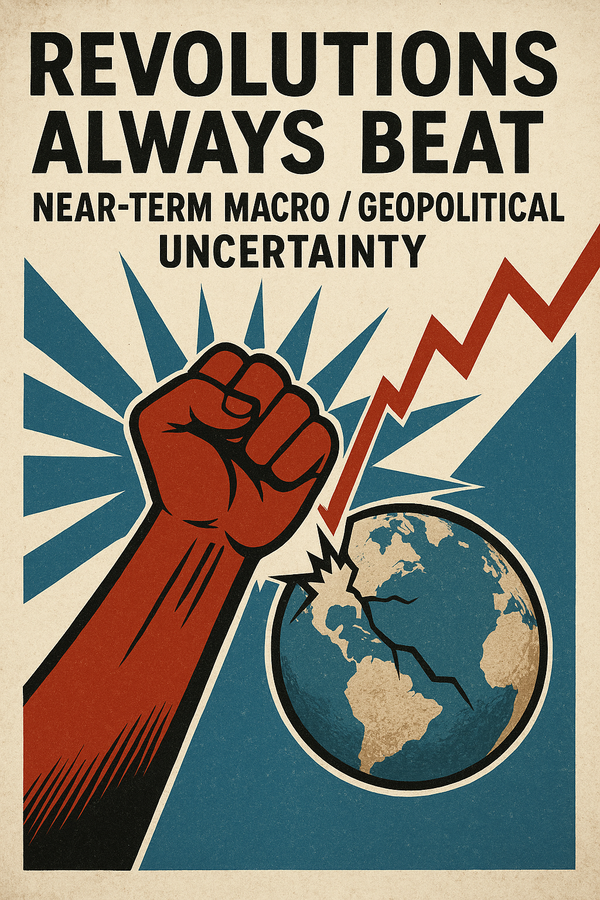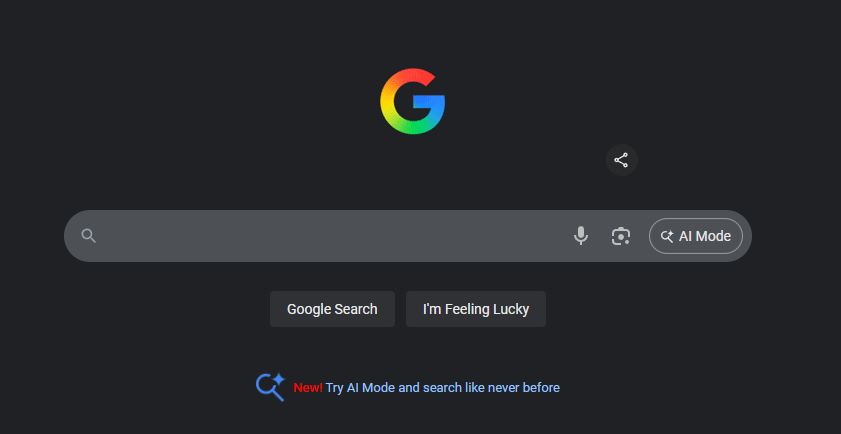Some updated thoughts on the “App Bubble” (and don’t forget today’s chat!)
I saw something recently that blew my mind and I need to share with you. A venture capitalist having to defend making a 31200%. In two years.
Seriously, read this post from Ben Horowitz , Netscape founder Marc Andreeseen’s investing partner. They were seed investors in Instagram, recently sold for $1 billion to Facebook.
I’ll let @bhorowitz explain why he’s feels the need to defend hitting a grand-slam (emphasis mine):
Two years ago we invested $250,000 in Instagram. Thanks to the spectacular vision and effort of Kevin Systrom and the Instagram team, the investment will be worth $78,000,000 when the Faceboook acquisition closes. The work that Kevin and team did will go down as legend in the industry and we thank them immensely. We also thank our co-investors Steve Anderson of Baseline and Matt Cohler of Benchmark.
Despite Instagram’s awesome performance and our monstrous return, a number of articles have come out criticizing us for not making even more money on our investment. Ordinarily, when someone criticizes me for only making 312 times my money, I let the logic of their statement speak for itself. However, in this case, the narrative that some critics put forth has the nasty side effect of casting two outstanding entrepreneurs—Kevin and Dalton Caldwell—in an unfair light and glosses over an important ethical issue that we faced. As a result, I will clarify what happened and why we didn’t make even more money.
Mr. Horowitz goes on to layout an ethical dilemma that prevented his fund from participating in a follow-on round (sidebar: if you’re getting your MBA right now, I require that you read this). But here’s the point I want to make:
When someone is attacked for turning $250,000 into ‘only’ $78 million, we are in an enormous bubble.
And let’s be real, this isn’t an options trade, the notional amount in enormous. $78 million is mess-up-your-great-grand-kids money. It’s buy a professional sports team with some friends money.
So Web Bubble 2.0 is at a place where journalists and pundits and people who have never written huge venture capital checks and seen it evaporate less than a year later (note: I have) are criticizing someone who has just turned a quarter of a million into three quarters of a hundred million. They think that the future is always going to look like the present, only much better.
That means everyone is way too forward looking and the bubble is already in ultra-inflation mode.
In 0ne of about a hundred articles about my expectations for a coming “App Bubble”, back in 2010 I wrote:
I’ve certainly been obsessed with all things apps since I started looking at the growth ahead and the ultimate size of a market that will entail billions of people using trillions of apps.
Seriously, those are real numbers, and as I wrote in Invest in the app revolution any way you can.
At the time, this was a novel view. Now, not so much. Last week Techcrunch ran a story that JackDorsey (founder of Twitter), was raising money at a $4 billion valuation for his payments company, Square. And as part of that round he wasn’t headed to the VC shops on Sand Hill Road, he was going to Boston and Baltimore to hit up Fidelity and Legg Mason.
That’s the kind of stuff you want to see if you’re investing in a bubble, the slow, old, mediocre-return, trillion dollar managing mutual fund companies getting in to the game. It didn’t work well for them 13 years ago and I have no reason to believe they are getting in at the start of the cycle rather than the something like the 2nd quarter.
I love Square and that valuation may be justified (on the basis they are processing billions a day, not free cash flow) but mutual funds are always the last to know what’s up. They are built not to hit homeruns but respectable doubles that they can market to investors that will rarely leave them no matter how lousy the long term returns after fees. Do you get it yet? Investing in Apps has become a marketing ploy for trillion dollar companies.
When Path, a photo sharing app, recently raised money at a $250 million valuation, insiders groused that the term sheets were signed before the Instagram deal, and they should really be worth even more. A quick look at the numbers will tell you just how forward looking and irrationally exuberant everyone is getting. Instagram has 30 million users and sold for $1 billion so that $33 per user (p.s. according to Facebook’s amended S-1 each user is worth ~$1.21 per quarter so there’s a real payback period).
Path has ~3 million users. At a $250 million valuation that’s already north of $80 per user. If Instagram pushed it higher, say double, that’s $160 per user. So at some point Path will try (and likely succeed) to value itself at 5-6x what Facebook ultimately paid for a user base. That is exactly like the bubble of the 2000s.
Instead of chasing down app stocks, as they won’t come public till the easy money has been made, buy the companies that underpin the bubble. I’ve been buying Apple supplier stocks because they not only sell to a company with more than $110 billion in the bank, but they’re behind the app and cloud revolutions as well.
And don’t forget we have our weekly Live Q&A at 2pm EST where you can ask me anything at http://tradingwithcody.com/Chat.




